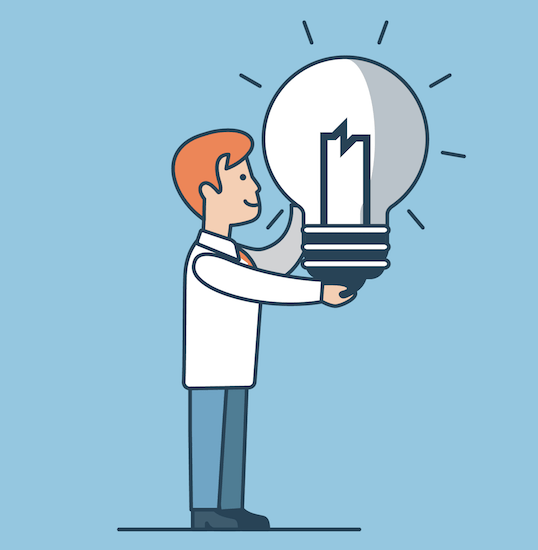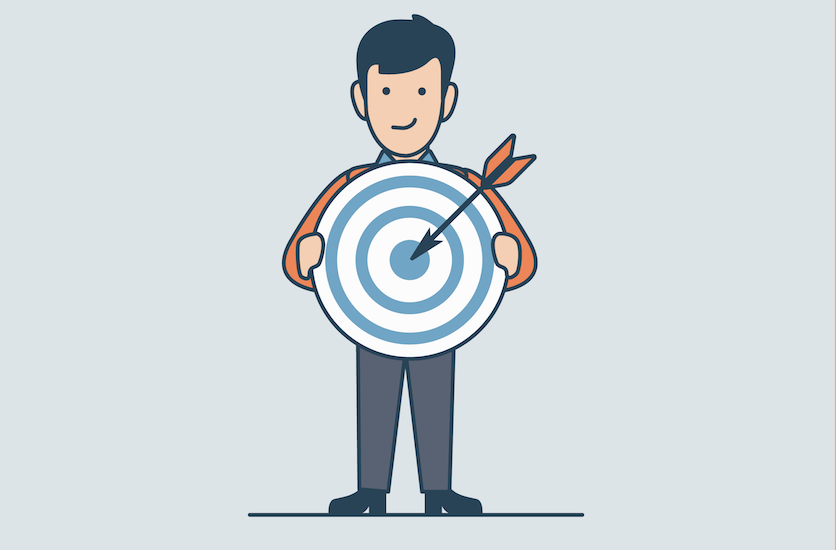If you’ve been in marketing or business very long, you’ve probably heard of website redesign horror stories:
- The entire process took two years so by the time the site was ready for launch it was already obsolete
- The team kept bumping into issues that caused the budget to double
- The new pretty website looked good but did nothing to increase conversion
Scary isn’t it? But that doesn’t mean you shouldn’t consider a redesign.
Most businesses need to redesign their websites periodically due to a variety of reasons, such as:
- The old website is no longer producing the best results or looks outdated
- Technology has changed users’ browsing experience and expectations
- Security upgrades are required
- Change in business goals requires different features
- Use of an old platform or technology that’s no longer supported
- Rebranding of the company and other online assets
If your website is ready for a facelift, hold your horses for a moment and don’t rush into anything.
Many of those horror stories listed above were made because of insufficient planning upfront. It’s not uncommon that some businesses jump right into hiring a web shop to throw something together before considering all the critical factors that’d determine the success of a project.
Here are 6 critical steps to take before you start designing and building your new website:
1. Dig into the Root Cause of Poor Performance
Many businesses start a website redesign project because the existing site is no longer delivering expected results. E.g. traffic is down, conversion rates are low, or online sales are declining.
Your current site is a treasure trove of data and information that will help you understand what’s working and what isn’t for your visitors and customers.
If you’re already working with a marketing agency, get their help to analyze the metrics and offer recommendations.
You might be pleasantly surprised to find that you only need to make a few tweaks to your current site to optimize your conversion rate, rather than having to start all over again!
2. Get Unbiased Recommendations
There are many tools and platforms, especially for eCommerce websites.
It’s best to first pick the right platform to use, before hiring a developer. Otherwise, you may end up with a website that doesn’t meet all your needs just because your “web guy” is familiar with just a few tools.
You need unbiased opinions from experts who have your interest in mind and are familiar with the various tools and platforms to help you set requirements for features and functionalities.
It’s time to pick up the phone and give your marketing agency a ring – a quick assessment of your business priorities can help you save a lot of time and resources down the road.

3. Start with User Experience Design
Many businesses spend a lot of money on a “pretty” website only to realize that it’s not supporting their business goals at all! Don’t be one of them.
User experience and usability can directly affect your SEO and your conversion rate, so don’t take this step lightly.
When you put together your team, make sure you have a user experience designer in the mix and schedule time in your project plan for usability testing.
It’s best to incorporate marketing and conversion best practices early on in the process, to avoid expensive retooling after launch.
4. Maintain Brand Image Consistency
Once again, don’t be distracted by bright shiny objects. You want to make sure that your website reflects your brand image and how you want your clients and customers to perceive your business.
Consider all other touch points you have with your audience, and make sure that your website design and experience stay in alignment.
Of course, some businesses would use this opportunity to give the brand a facelift. If so, make sure you also set the time and resources aside to audit and update your other customer touch points.
Create a list of all the online and offline assets your potential customers may come across – e.g. landing pages, email autoresponders, micro-sites, printed materials, social media profiles and ads – to make sure nothing falls through the crack when you implement the new look and feel.
If you work with a marketing agency, loop them in early so they can help ensure your online and offline presence stay consistent during the transition.
5. Maintain Your Ranking
Your old site has accumulated some SEO juice that you don’t want to leave out as you launch your spanking new website.
When you plan your website redesign, consult your marketing agency or an SEO expert to make sure you’re handling the redirects and on-page elements correctly to maintain the site’s organic ranking.

6. Achieve a Conversion-Focused Layout
Don’t get caught up in the aesthetic aspect of your site and overlook the functionality from a conversion standpoint.
Conversion-driving elements vary for different businesses and audience so there’s no one-size-fits-all solution.
Remember step 1? Your data and metrics offer a treasure trove of information, and your marketing agency can help optimize your layout for usability and your navigation for higher conversion.
It’s far more efficient and budget-friendly to have your criteria laid out before you start the redesign process, so your team can work more efficiently toward a set of requirements that are result-focused.
Avoid Your Own Website Redesign Horror Story
No doubt, a website redesign project can be complex and overwhelming. There are many moving parts and often a slew of people working on it at different points. Good news is, you may already have experts who understand your business on standby to help you orchestrate your website redesign efficiently and effectively, such as a marketing agency.
They know about the ins-and-outs of industry best practices and the best tools to use, so you won’t end up wasting time and money trying to “figure things out” as you go. They can also help you define requirements and set priority, so you can optimize your website and get the highest ROI.
Don’t tell your own website redesign horror story. By following those six steps and getting some help along the way, you’ll only have positive stories to share.
__

Peter Dulay is the CEO of Conversion Giant, a top-tier digital agency in Los Angeles. With his team of online marketing experts, Peter helps eCommerce businesses optimize their conversion pathways, generate more leads, and get the most out of their advertising budgets.




